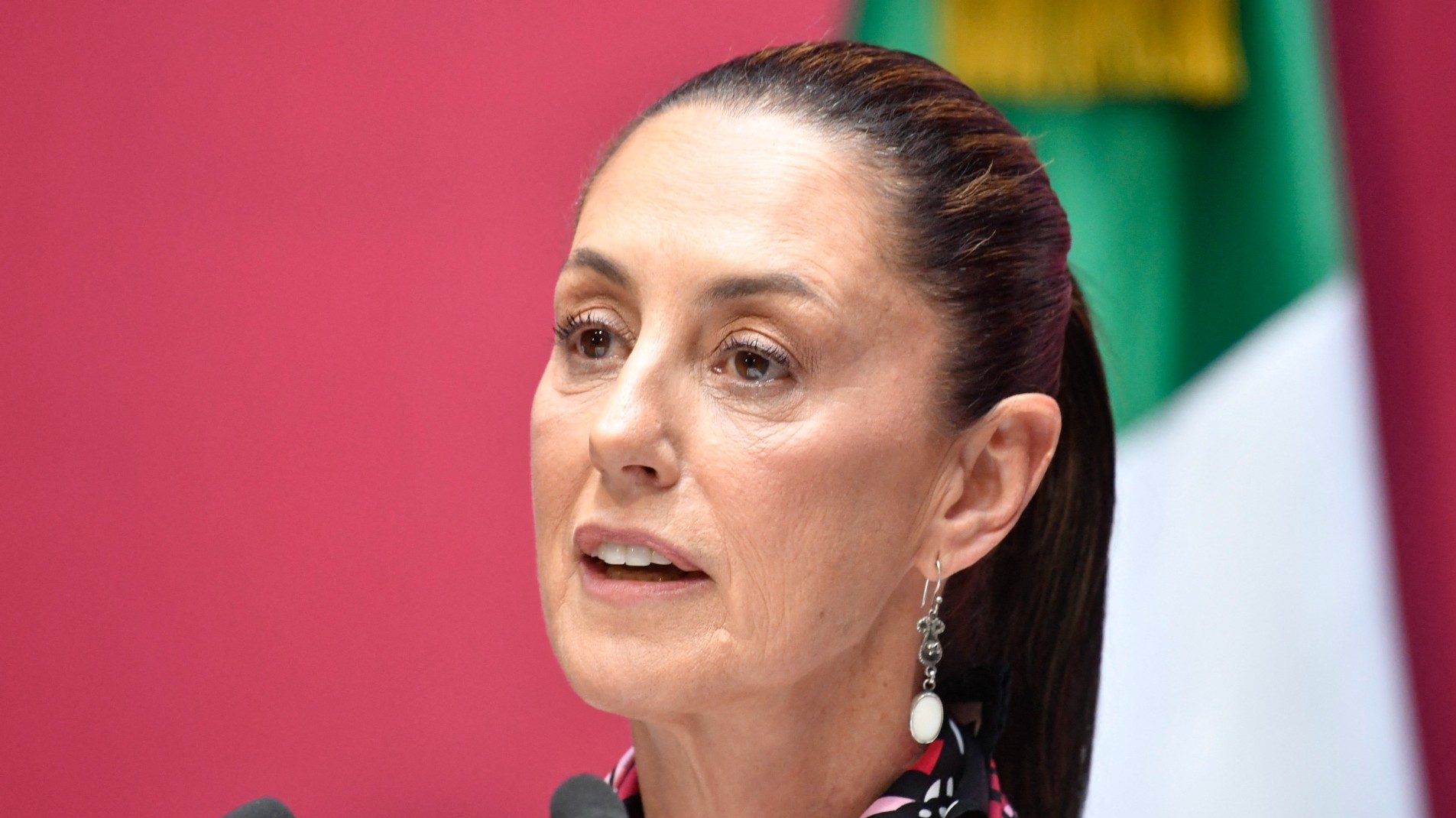United States indicts 19 people in $300 million pyramid scheme targeting 40,000 Latin cryptocurrency investors | economy

The pyramid scheme that the United States began dismantling in 2022 has a much larger dimension than previously known. The United States Securities and Exchange Commission (SEC) this Thursday announced the filing of charges against 17 more people (there were already two accused) for a scam perpetrated by a CryptoFX firm that promised huge returns with cryptocurrencies and raised more than cryptocurrencies. came to do. 300 million dollars (more than 275 million euros). According to the document, the pyramid scheme was primarily aimed at the Latino community in the United States and affected more than 40,000 people.
The mastermind of this conspiracy, Mauricio Chavez, presents himself as a cryptocurrency expert willing to teach Latin investors the secret to their success. He asked them to trust him with their money under promises of high returns. In fact, he allocated most of the money to payments that gave credibility to the Ponzi scheme, his own investments (such as buying houses, jewelry and cars) and personal expenses, including hostess clubs, according to the US Financial Supervisory Authority. , had already warned American supervisors when ordering CryptoFX to cease operations.
CryptoFX was headquartered in Houston, Texas, but raised money from investors in at least 10 US states and two other foreign countries, according to the SEC. The supervisor’s complaint alleges that from May 2020 to October 2022, an additional 17 people between the ages of 28 and 60 from Texas, California, Louisiana, Illinois and Florida were part of the CryptoFX network and solicited money from investors in various ways. 15% to 100% trading crypto assets and currencies will earn returns.
“We denounced CryptoFX as a $300 million pyramid scheme targeting Latino investors with promises of financial freedom and life-changing wealth from ‘risk-free’ and ‘guaranteed’ investments in cryptocurrencies and currencies.” of the SEC’s enforcement division, in a statement. “In the end, the only thing CryptoFX guaranteed was a trail of thousands and thousands of victims that spanned 10 states and two foreign countries. “A scheme of that size requires many participants, and as today’s action shows, we will not only press charges against the main architects of these massive schemes, but against all who promote their fraud by illegally soliciting money from victims,” he added.
In the seminars they conducted, they assured victims that this was a risk-free investment and that their money was insured even in the event of a world war or a general blackout. They were also promoted in Zoom meetings and through social networks. They mainly attracted cash investments ranging from $500 to $300,000.
They set up a pyramid scheme so that victims could bring more investors into the scheme. They promised a 7% commission for each investor and an additional 3% commission for those brought in by second-tier investors. They also gave a special 3% bonus if saved savers contributed an amount above a certain level. They used millions of dollars to pay those commissions and lend credibility to their Ponzi scheme.
The chargesheet alleges that the two defendants, Gabriel Ochoa and Dulce Ochoa, continued to raise money illegally even after supervisors intervened in CryptoFX in September 2022. Gabriel Ochoa demanded that the two investors drop their complaints to the SEC so they can recover their investments. . Another defendant, Maria Saravia, reportedly told investors that the SEC’s allegation was false.
New writing confirms that the mastermind of the plot, Mauricio Sanchez, used millions of dollars from investors to buy a house in Conroe (Texas). The opening letter already mentioned another single-family home in his wife’s name valued at $540,000.
In a 2022 complaint against Chavez and his right-hand man, Giorgio Benvenuto, the SEC alleged that Chavez spent nearly $1.5 million on living a lavish lifestyle. Expenses detailed by the supervisory body include about $460,000 spent on cars, $267,000 on credit card payments, $196,000 on purchases, including some luxury establishments, $186,000 at the Post Oak Hotel, a five-star establishment in Houston where he apparently set up. residence, $110,000 in trips, $101,000 in restaurants, $19,000 in jewelry and $15,000 in hostess clubs (“adult entertainment establishments,” the SEC calls them). Supervisors believe they also spent $30,000 to buy a hair salon in Houston.
Follow all information economy And Business in Facebook And xor in us Weekly newsletter
Five day agenda
The most important economic quotes of the day, with keys and context to understand their scope.
Receive it in your email


:quality(75)/cloudfront-us-east-1.images.arcpublishing.com/elcomercio/NXXLPIMJ7ZCHLPJOTHZ3YNK4HQ.jpg)


